In this video, equipment expert Joe Ferguson pits a LAB Golf Mezz.1 Max putter, arguably one of the most cutting-edge designs money can buy, up agains the old school Ping Anser and Wilson 8802 in a series of tests to find out if putter technology makes a real difference or if you should consider investing your money in other areas of your bag!
► We teamed up with second hand golf club retailer golfclubs4cash to create this video, check out its website for the best prices on preowned equipment: https://www.golfclubs4cash.co.uk/
► Have you tried a L.A.B. Golf putter or are you old school and proud? Let us know in the comments below! 💬
► Watch more on Golf Monthly…
📹 2005 v 2015 v 2025 TaylorMade Driver Test! 👉 https://www.youtube.com/watch?v=H7IeNdMfXxQ
📹 We Build The Ultimate Bag From 2002 👉 https://www.youtube.com/watch?v=GpGjAWU7jpg
📹 8 Things All Good Putters Do (That You Don’t) 👉 https://www.youtube.com/watch?v=D1lSpIgHl4c
#golf #golfclubs #reviews #retro #labgolf #secondhand
🎵 Music – licensed by Epidemic Sound 🎵
► For the latest reviews, tips, new gear launches and tour news, visit our website: https://www.golfmonthly.com/
► Find us on social media:
Instagram – https://www.instagram.com/golfmonthly
TikTok – https://www.tiktok.com/@golfmonthly.com
Facebook – https://www.facebook.com/GolfMonthlyMagazine/
Twitter (X) – https://x.com/GolfMonthly
Right, Lab putters. Now, they might be the most talked about club in the game of golf over the past two years. Full of tech and full of science. But a lot of people think putting is more art than science. Let’s find out. [Music] So, I’ve teamed up with my friends at Golf Clubs for Cash, one of the leading retailers of pre-loved equipment in the UK. and I’ve delved into their archives to dig out two of the goats of putting. I’ve got the Wilson 802, just a pure blade, and I’ve got the original Ping answer. And I’m going to be putting these putters up against one another in a series of little tests to find out how far technology has come and if it can actually help you. Right, before we start testing these putters out, I just want to talk to you a little bit about the differences and the tech of what we’ve got in front of us here. So, starting with the Wilson 802. We could probably split this up into a couple of categories, but I want to go into toe hang first. So, this is very much just a pure blade putter. Want to hold this unaded on the shaft and just let that putter hang it wants to. The toe pretty much points straight at the ground. We call that like a full toe hang. What that tends to do is promote a little bit more opening and closing of the face during the stroke. Then we go up to the ping answer. That’s kind of in the middle. It’s got about a 45 degree toe hang. You’ll notice the face, the toe doesn’t point straight down. It’s pointing off to the side a little bit at around that 45° angle. So that’s kind of a mid toe hang putter we’d call that. And then you get into the lab, which we’re calling zero torque. If I hold that unaded, it tends to want to orientate itself toe up. And what lab suggests is there’s zero torque force on the putter face. So it just wants to match the path of your stroke. So it’ be interesting to see how that performs from short range. The other bit I want to measure here is kind of a stability story. And to me that generally comes from the depth of the head I always find. So if we look again at this Wilson 802 when you put it down on the ground you’ll see from the leading edge to the back edge it’s barely over a centimeter in depth. When you’ve got that it’s very difficult to put masses of MOI in. MOI tends to come from moving that weight back in the head and adding stability. So again for me that’s going to be interesting from long range. If I mish hit the putt, how much am I going to lose from there? Now the answer also from front to back isn’t that deep. It’s a touch deeper than the 802, but what they have done is they’ve implemented some perimeter weighting. So, we’ve got a bit of heel and toe weight, whereas all the mass is evenly spread across that Wilson 802. So, in theory, that should give me a little bit more insurance on strike on those longer putts. Then we get into the lab and again, clearly this is the deepest front to back. We’ve got more depth from the leading edge to the back edge there. And we’ve also got these wings which act as perimeter weighting. So, we’ve got a lot of depth. We’ve got some perimeter waiting. So, in theory, this should very much be the most stable. But let’s not just talk about it. Let’s test it and let’s go to 8 ft. And I’ll tell you why. Now, 50% of putts from 8T on the PJ tour are missed and 50% a hold. So, this should be a good barometer and a good test for these putters. So, we’re going to hit 10 with each. I’m going to count up the score and see how they get on. I’m going to start with the 802 first. This is a relatively straightish uphill putt. [Music] Five out of 10. Bang- on PJ tour average. Let’s go and try again. And let’s see how the ping answer gets on. [Music] Okay, that’s more like it. That was three missed there. So, seven out of 10. Let’s get on and try again with the lap. I have to say, I mean, I’m a big proponent of the lab technology and that kind of theory, the club face doesn’t want to rotate away from square. In my head, that makes a lot of sense. There’s a lot of people who just think zero torque is an option that can be fitted alongside tow hang and stuff like that. Again, to me, I’m maybe a bit more of an absolutist. I just can’t fathom a world where I’d want my putter to actively rotate away from my path. And from short range at least, that showed out really, really well and come out on top there at 9 out of 10. So, but we all know putting is more than that, right? So, we’re not just going to have to hold out from 8 ft. We’re going to have to do some lag putting and get some feeling. And a lot of the tour players I’ve spoken to actually about zero torque have commented to me that they struggle a little bit from longer range because they feel like when the face isn’t rotating, they lose a bit of awareness of where that club head is in time and space. and as such lose a little bit of feel on those longer putts. Well, let’s put it to the test. I can see a really nice kind of 80ft uphill swinger here. Let’s test all three out against one another. How we’re going to do it is I’m going to take my little tape measure. We’re going to go from the same place. We’re going to hit six putts with each. Three up, three back. We’re going to measure them all out and the winner of this round will be the putter that has the cumulative lowest distance from the hole. I hope that makes sense. Let’s go and hit some putts. Right. So for the second part of this test, we’ve come for a long range putt. So this one I’ve found here to that top flag up there on the putting green. It’s best part of 70 ft up the hill up a couple of tiers actually. So this will be a good test for these putters. But before you get in the comments and start complaining about it’s not a fair test because of the order and stuff. I agree it’s difficult to get a scientifically spot-on test. So I’ve tried to mix up the order a bit here because inevitably I’m going to learn a little bit about this putt as I go along. So, I’m starting with the ping answer. And that said, I have hit this putt a few times beforehand just to get a feel of it so I know what’s going on to try and make it as fair as possible. So, what I’m going to do, I’m going to hit six putts with each of these putters. I’m going to hit the first three, go up there, measure the cumulative distance away of each three putts, come back, hit three more, do the same again, and the winner of this round is going to be the putter obviously that has the lowest cumulative distance. Let’s start with a ping answer and roll some away. It’s going to need hitting up that hill. Should get a little bit of help off the slope on the right. Hasn’t quite made it. Not bad. Right, let’s hit a few and see how we get on. Right, so that’s the first three done. 14 ft cumulatively. So it’s 1T, 5 1/2, and 7 1/2 ft. [Music] Right. So, that was 24 1/2 ft second time round. I didn’t really learn much there. That’s not great. 24 1/2 and 14 is 38 1/2 ft to beat for the other two. Let’s go with the lab next. [Music] Okay, so 15 and 12 ft there cumulatively. I thought it was a bit better than that. The one that I thought I’d mish hit didn’t quite make it as far up as I’d like and left me I think it was 8 1/2 ft. So 15 1/2. First lot of the ping was 14 and 1/2. So I’m behind schedule. So let’s see how the second lot goes. Right, [Music] I’ve got to do my maths here. So, that’s 17 ft in total for the second lock, 15 12 for the first. So, 32 and 12 ft. Let’s see how that Wilson 802 gets on. Right. So, 16 and 12 feet to start with. So, very similar to the first two. So, yeah, it’s crunch time. Let’s see if the olden can come up trumped on the last three putts. [Music] Right, that’s put the cat amongst the pigeons. I was on 16 1/2 ft and I was cooking on gas there with those that next two. Got well just under 2 ft. So we’ll add that one. So that’s 2 ft together and 9 ft. 11 ft to go with 16 1/2 ft is 27 1/2 ft. That’s a comprehensive victory for the Wilson 802 there. Right, outros and summaries are usually a little bit easier than this, but that was, as you’ve seen, relatively inconclusive in terms of the shorter putting test that was more comprehensive. The Lab was pretty much bulletproof there. 9 out of 10 was a great performance in that regard. And I have to say, I really did notice the difference of the face awareness or or the face not wanting to move away from square. It felt a little bit more automatic to me in terms of just pointing, pulling the trigger, not manipulating face, and the ball was starting online. With particularly the 802, which scored a little bit lower, that was five out of 10. I did feel like I was trying to have to find square a little bit. I could actively sort of feel that putter and that’s a really strong example of towh hang. But I could feel it kind of working against me and trying to having to refine square from when I set up. However, then when we went to the longer range test, the Wilson 802 was brilliant. I nearly hold three of them and it comprehensively won that test, which is against what I thought might happen based on the strike discrepancies and the lack of MOI and stability. So, it’s really put the cat amongst the amongst the pigeons for me there. But I think you’ll agree that’s a pretty small sample size. It’s not a hugely scientific test. It’s just a little glance at what’s possible. So I have to say, make of it what you will. Draw your own conclusions from it. But I have to say I really did enjoy putting with these older putters. The feel of the face of the Ping Answer was just beautiful. Really lively. It’s got that very familiar ping ting. And actually on the longer putts with the 802, I really enjoyed the feel of flow of the toe through the stroke, which might have something to do with the results. Like I said, I don’t know what to make of it. I’m going to leave you to draw your own conclusions. But if you are in the market for any secondhand equipment, there’s some brilliant bargains and some great old clubs on the golf clubs for cash website. So get yourself over there. [Music]

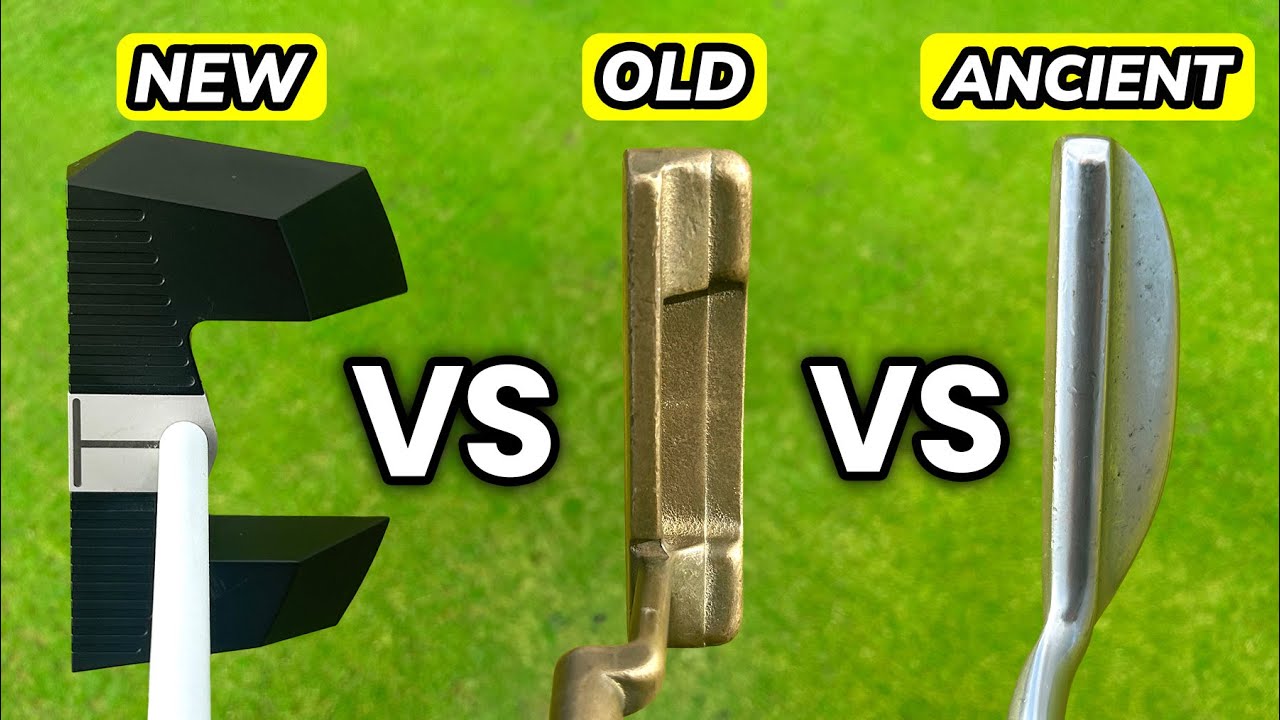

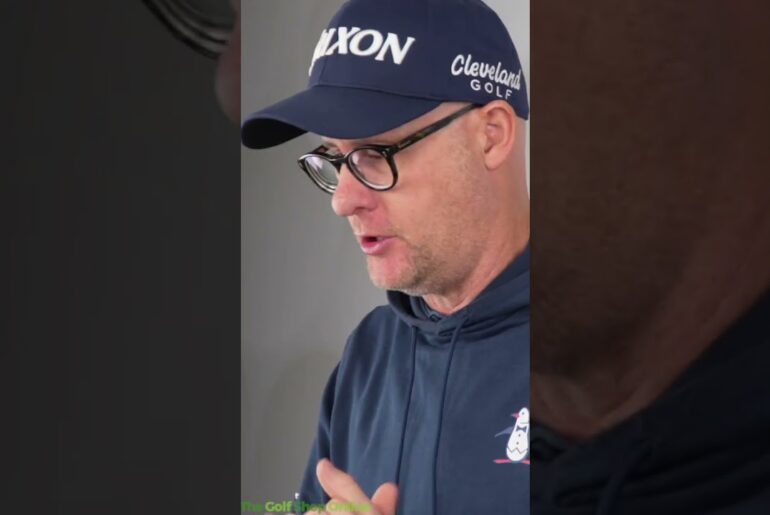
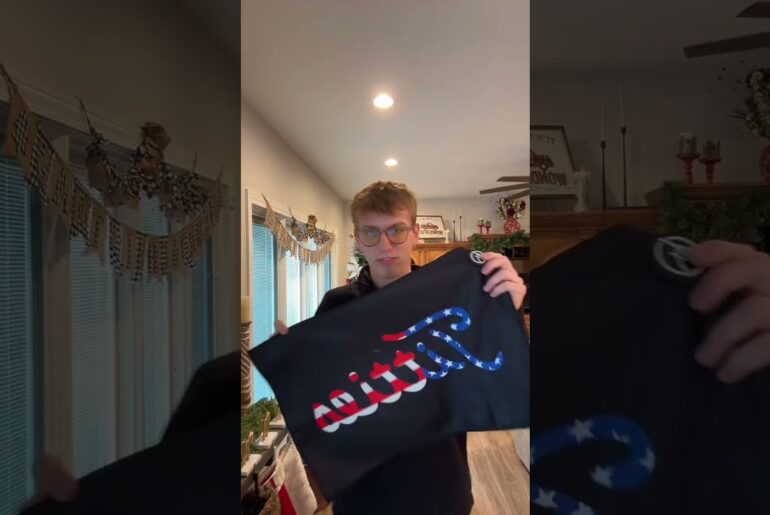
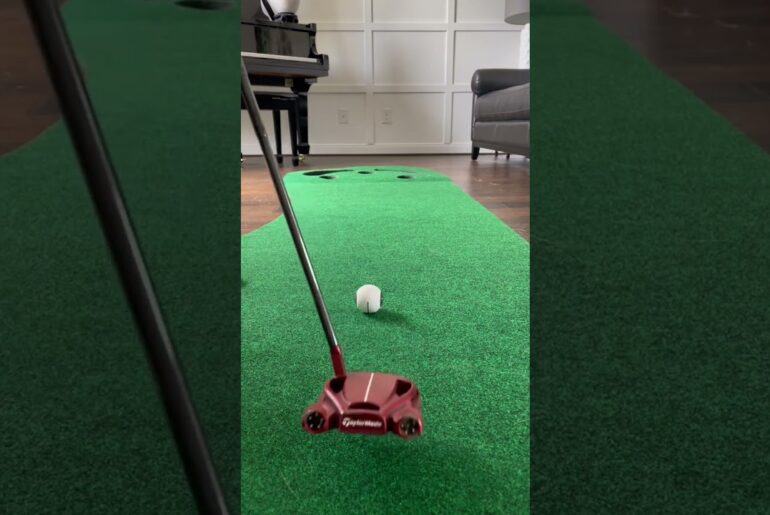

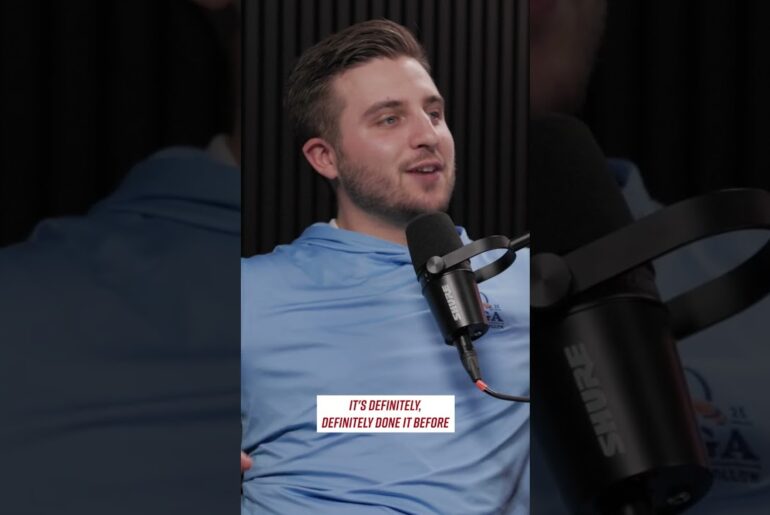
3 Comments
I see golf monthly
I click
So Lab for short putts and Wilson for long ones? 😼
Of course it is a myth. Just look at the pga stats. Putting did not really improved over the last 20 years. Driving distance did.